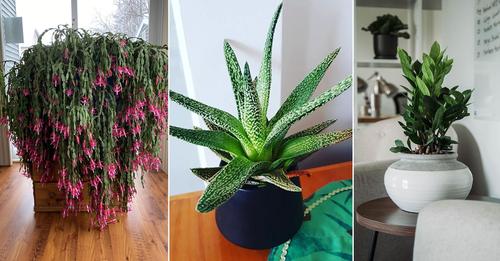Contrary to popular belief, there are Succulents that Don’t Need Sunlight to thrive and are a great choice to keep in dimly lit rooms!
When we talk about Succulents That Don’t Need Sunlight, it doesn’t mean that these plants can survive in complete darkness. It implies that these do well in less light than other succulents that need constant bright sun to thrive. This attribute makes them a star addition indoors to places with indirect light all day.
Succulents That Don’t Need Sunlight
1. Snake Plant (Sansevieria)

The snake plant is an undisputed king of dim lit rooms, and is also quite potent in air-purifying. Its sword-like leaves thrive in low-light conditions without any fuss.
2. ZZ Plant (Zamioculcas zamiifolia)

If you’re looking for a low-maintenance succulent that doesn’t mind being in a low-lit room, then you must grow the ZZ plant. Its glossy leaves maintain their charm no matter how little or more light they get.
3. Haworthia

Haworthia is a delightful little plant often mistaken for aloe because of its similar appearance. Its rosettes of green, spiky leaves keep thriving in low-lit rooms.
4. Gasteria

The plant gets its name because it resembles a stomach, which is called ‘gaster’ in Latin. Its thick, waxy leaves have unique patterns and stay healthy in dimly lit conditions.
5. Christmas Cactus (Schlumbergera)

A champion plant of the holiday season, this succulent prefers to stay in low light and flowers only when you keep it in a dark room for a certain period of time.
6. Ponytail Palm (Beaucarnea recurvata)

While not a true palm, its bulbous trunk makes it resemble one for sure! Its delicate and cascading leaves can add a tropical feel to any room.
7. Aloe Vera

Though it won’t mind being in the shade, you need to keep it in sunlight occasionally to stop it from etiolation (stretching toward the light source), which can make it leggy.
8. Euphorbia

Euphorbia Milii (Crown of Thorns), Euphorbia Trigona (African Milk Tree), and Euphorbia tithymaloides are star low light performers! However, like aloe vera, they do need a bit of direct sun exposure now and then.
